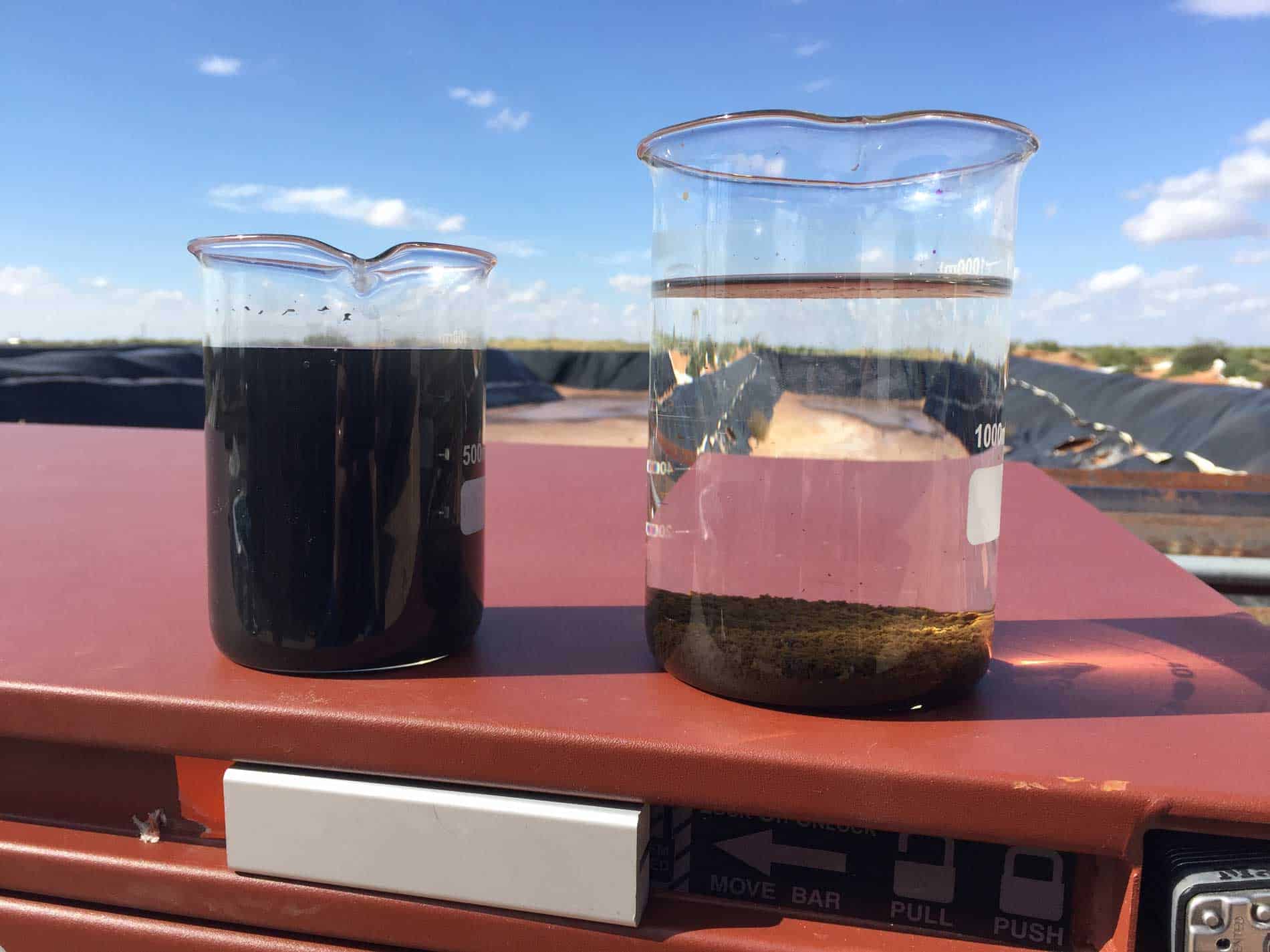ASTM D5907 Filterable Matter in Produced Water Test
The ASTM D5907 method is widely used to determine the filterable matter content in produced water from oil and gas operations. This test assesses the solid materials that can be retained on a filter, which are indicative of potential contaminants that may affect downstream processes or environmental discharge.
Produced water constitutes a significant portion of the byproduct generated during hydrocarbon extraction. It is a complex mixture containing dissolved salts, organic compounds, and suspended solids. The presence of these constituents necessitates stringent monitoring to ensure compliance with regulatory standards and operational efficiency. ASTM D5907 provides a standardized approach for quantifying filterable matter, which helps operators understand the quality of produced water and identify any potential issues that could impact production or environmental health.
The test involves filtering produced water samples through a specified pore-sized filter (typically 0.45 µm) to retain particles larger than this size. The retained solids are then dried, weighed, and reported in milligrams per liter (mg/L). This measurement allows for precise quantification of particulate matter present in the sample.
The significance of ASTM D5907 lies in its ability to provide actionable insights into produced water quality. By monitoring filterable matter levels, operators can:
- Identify sources of contamination within the production process.
- Evaluate the effectiveness of treatment processes.
- Determine compliance with regulatory limits on suspended solids.
- Predict and mitigate potential environmental impacts associated with water discharge.
The test also aids in optimizing water recycling efforts by helping to establish a baseline for water quality. This information is crucial for maintaining consistent product quality, minimizing operational costs, and ensuring long-term sustainability of oil and gas operations.
ASTM D5907 has been adopted globally due to its reliability and repeatability. It ensures that all stakeholders involved in produced water management can rely on consistent results across different laboratories. This standardization is particularly important given the diverse nature of produced water sources, which vary significantly depending on geographical location, reservoir type, and extraction method.
For quality managers, compliance officers, R&D engineers, and procurement teams, understanding ASTM D5907 can provide valuable insights into optimizing production processes, enhancing product quality, and ensuring regulatory compliance. By leveraging this test method effectively, these professionals can contribute to more efficient operations and sustainable practices within the oil and gas sector.
Industry Applications
The ASTM D5907 test is widely applied across various segments within the oil and gas industry, including:
- Exploration & Production (E&P): Monitoring produced water quality to optimize drilling processes and ensure compliance with environmental regulations.
- Refining: Evaluating water purity before it is reintroduced into refining operations or discharged.
- Pipeline Operations: Assessing the suitability of produced water for pipeline transportation by ensuring it does not contain excessive filterable matter that could cause blockages.
- Environmental Monitoring: Identifying potential environmental impacts associated with produced water discharge to comply with ecological standards and practices.
In each of these areas, the ability to accurately measure filterable matter using ASTM D5907 plays a pivotal role in maintaining operational efficiency, enhancing product quality, and ensuring compliance with international regulations.
Competitive Advantage and Market Impact
The application of ASTM D5907 offers significant advantages to companies operating within the oil and gas sector. By leveraging this standardized test method:
- Innovation: Companies can continuously improve their production processes, leading to more efficient operations.
- Cost Savings: Precise monitoring of filterable matter helps in optimizing water recycling efforts, reducing the need for fresh water supplies and associated costs.
- Regulatory Compliance: Ensuring compliance with international standards like ASTM D5907 demonstrates a commitment to environmental stewardship, which can enhance a company's reputation among stakeholders.
In today’s competitive market, where sustainability and operational efficiency are key differentiators, the use of ASTM D5907 can provide a clear edge. It enables companies to stay ahead by offering products and services that meet stringent quality standards while minimizing environmental impact.
Use Cases and Application Examples
The ASTM D5907 test is integral in several real-world scenarios within the oil and gas industry:
- New Well Commissioning: During initial testing of a new well, ASTM D5907 helps determine baseline water quality to establish reference levels for future monitoring.
- Treatment Facility Performance Monitoring: Regular use of this test allows operators to evaluate the effectiveness of produced water treatment facilities and make necessary adjustments.
- Environmental Impact Assessments (EIAs): Results from ASTM D5907 are crucial in assessing the potential environmental impact of produced water discharge on local ecosystems.
- Water Recycling Programs: By quantifying filterable matter, operators can optimize recycling programs to maximize water reuse while minimizing contamination risks.
In each case, the consistent and reliable data provided by ASTM D5907 is essential for making informed decisions that impact both operational efficiency and environmental responsibility.





